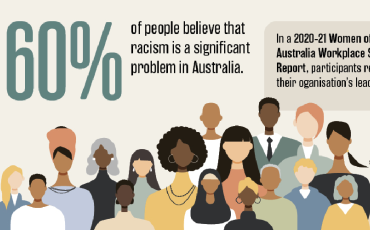Stats & Facts
Stats & Facts provides accurate and easy to understand information on key human rights topics in Australia.
For example, did you know?
- People who report speaking an Aboriginal and/or Torres Strait Islander language are on the rise. Speakers have increased from nearly 64,000 in 2016, to nearly 77,000 in 2021.
- Over 29% of Australia’s population was born overseas, and 48% of Australians have a parent born overseas.
Explore our range of topic areas below.
View Stats & Facts 2024 - 2025
Explore Stats & Facts 2014
Statistics only tell us part of a story. It’s important not to jump to conclusions about particular groups in society, so as to not perpetuate harmful stereotypes. When looking at data, think about the underlying reasons for a statistic, and consider history and context.





